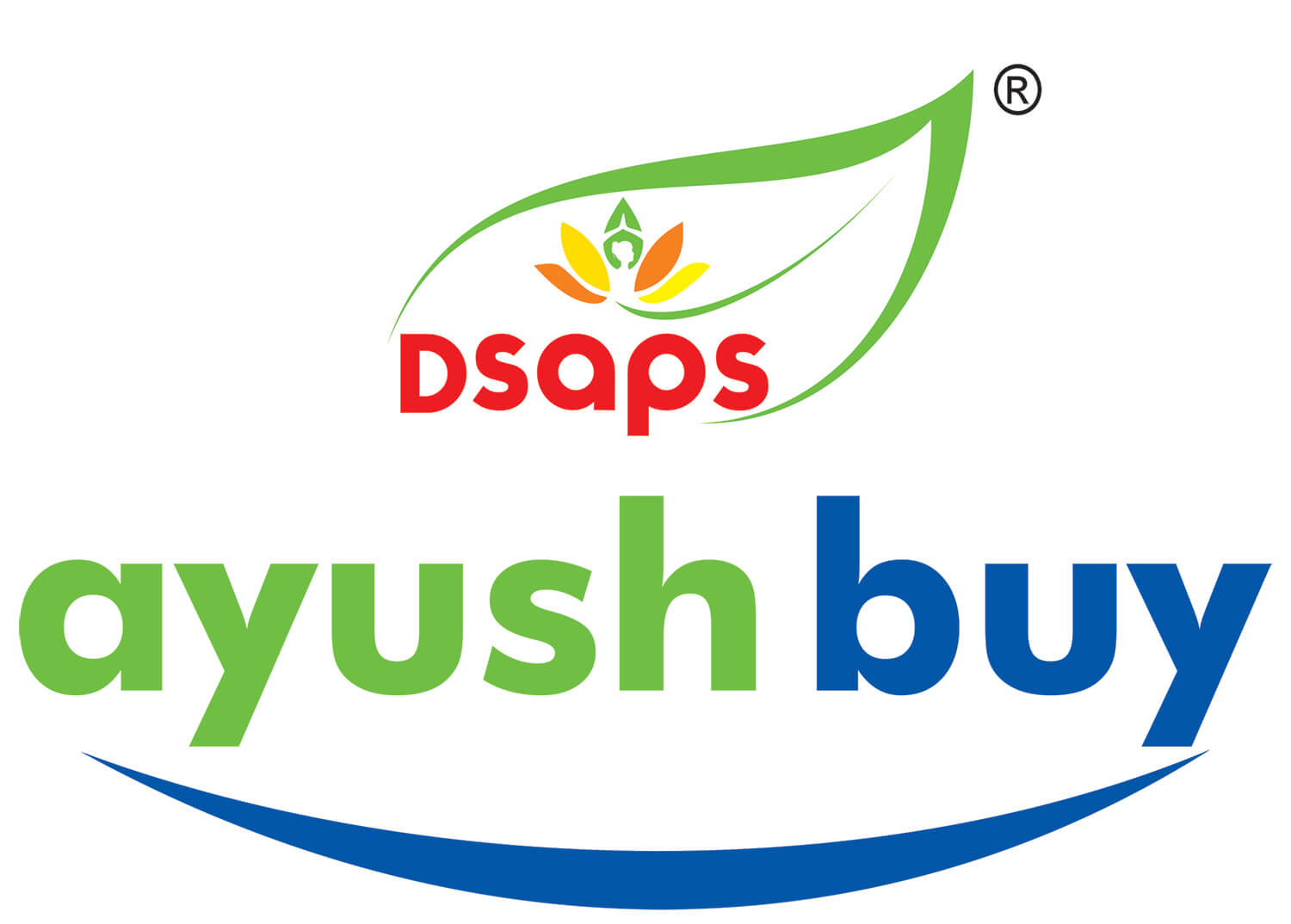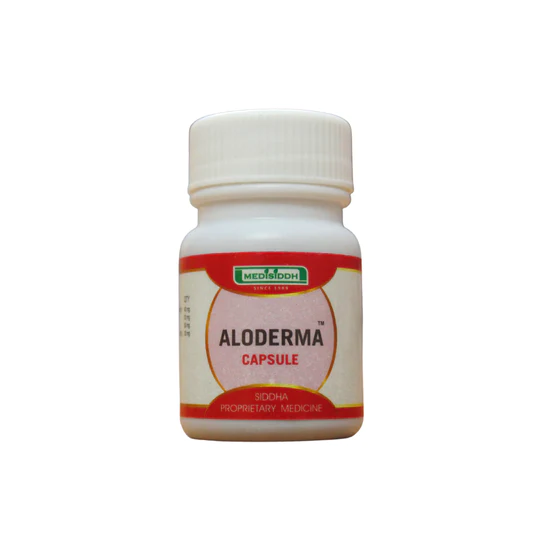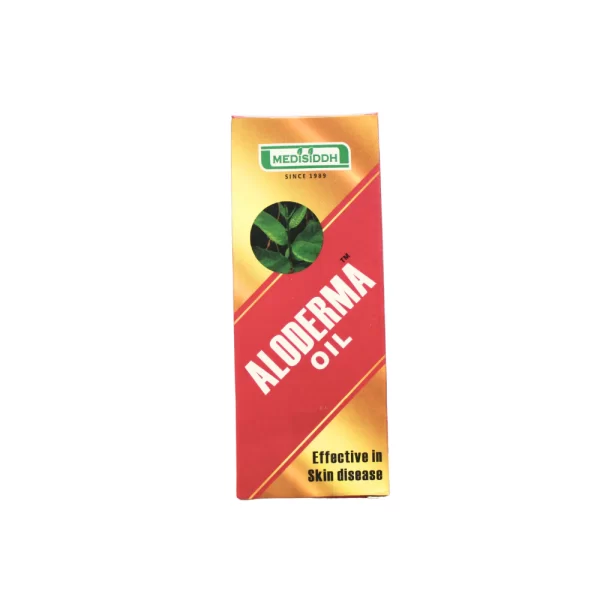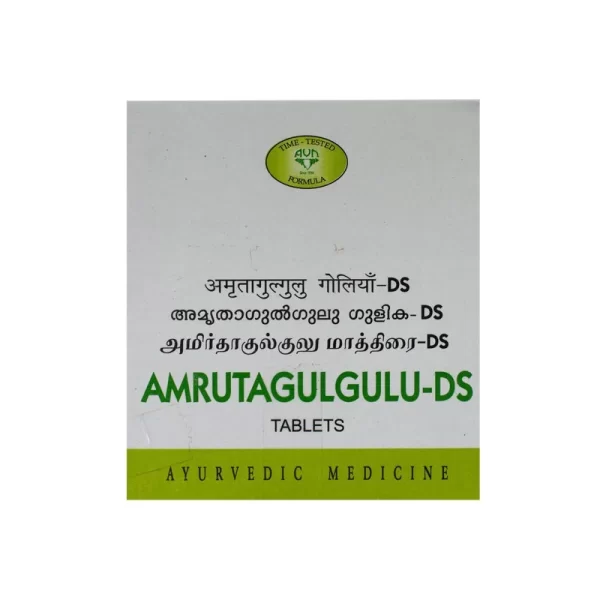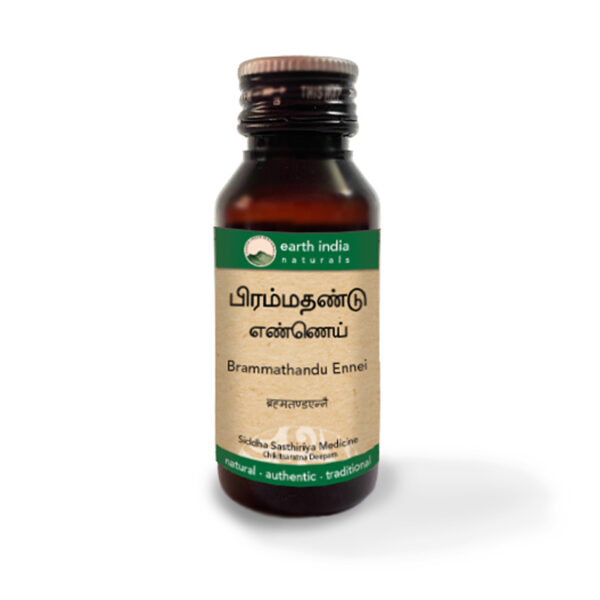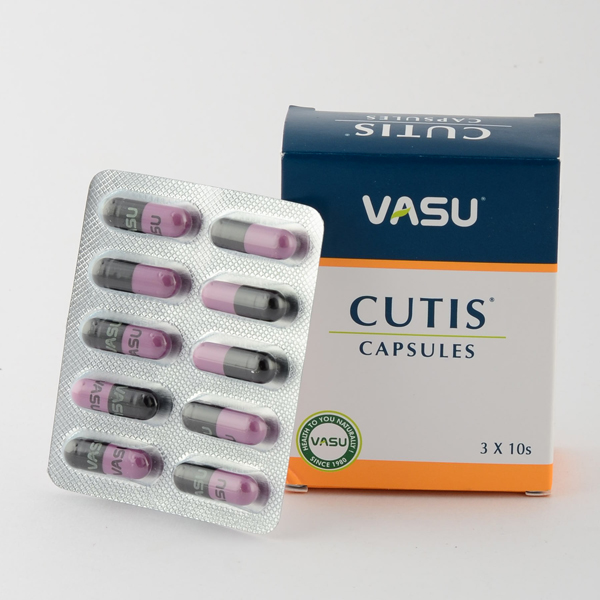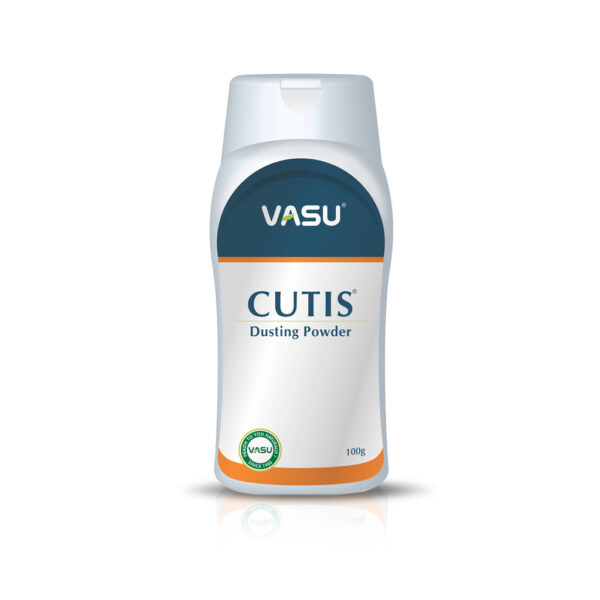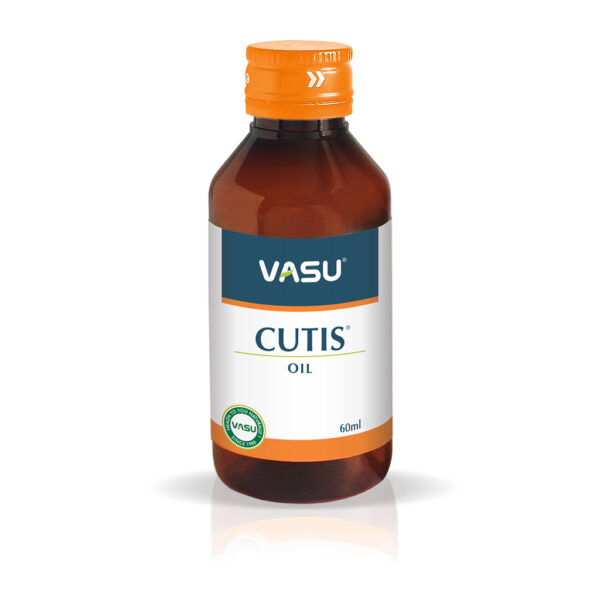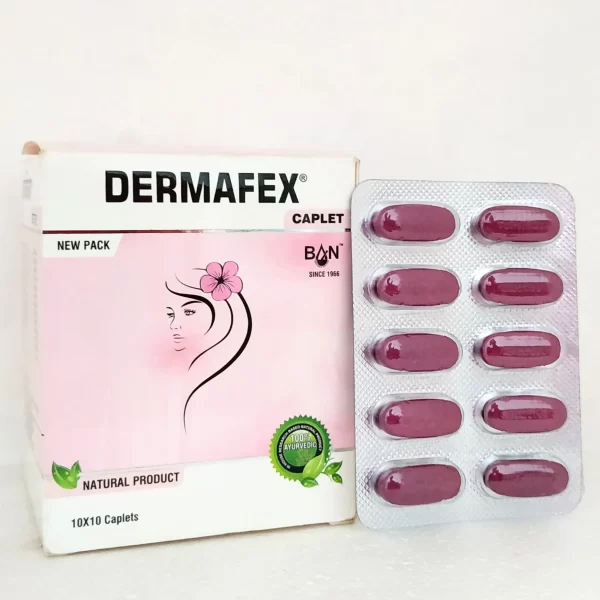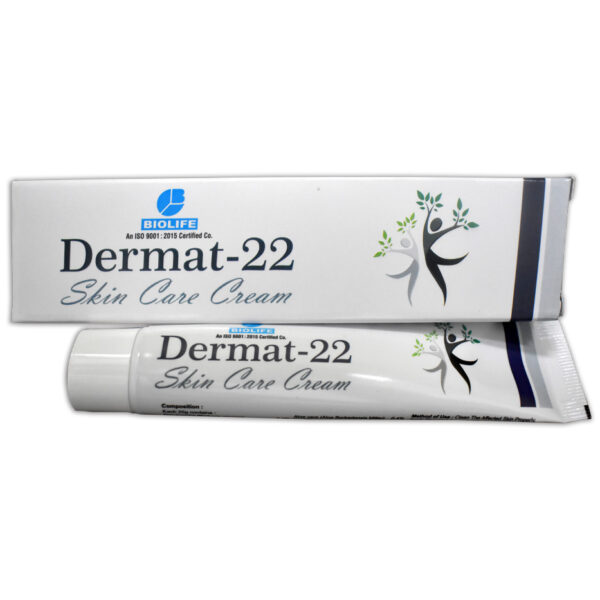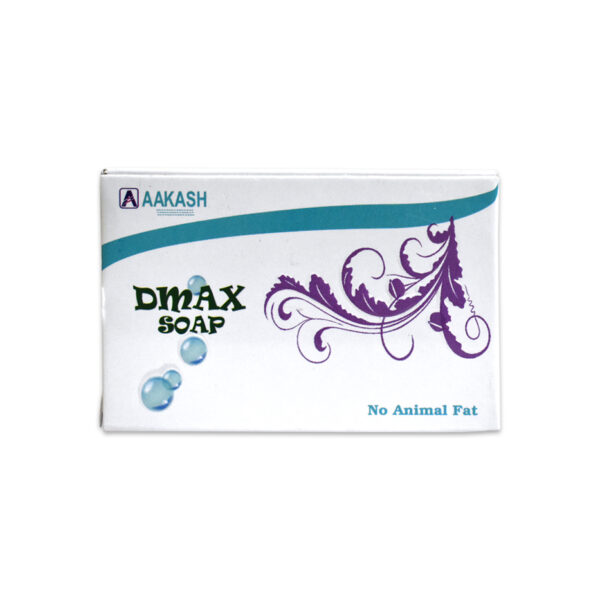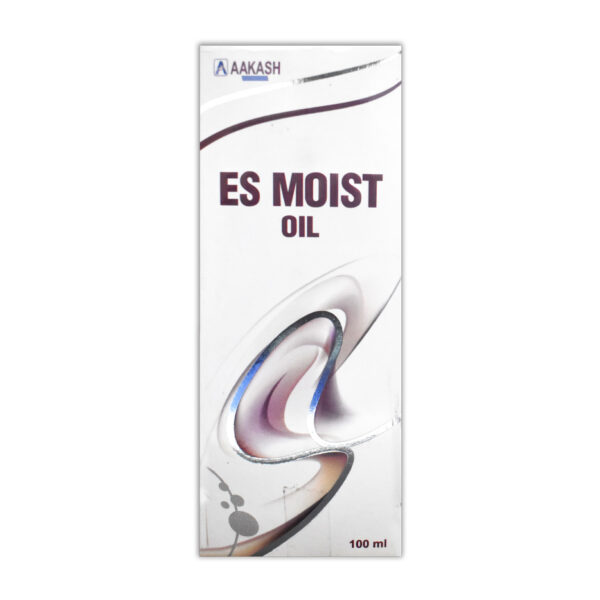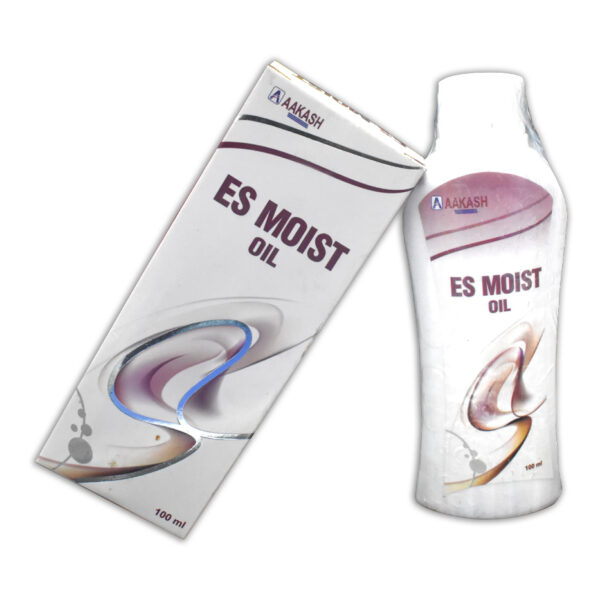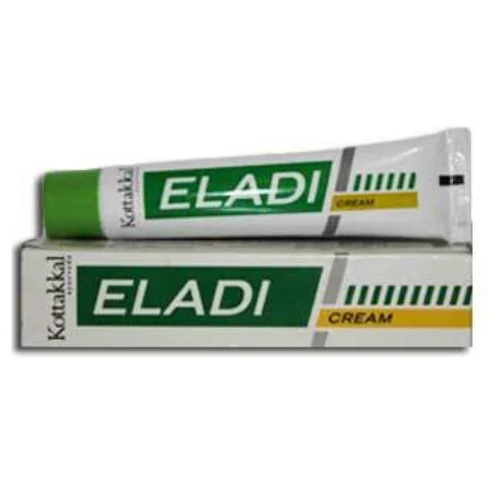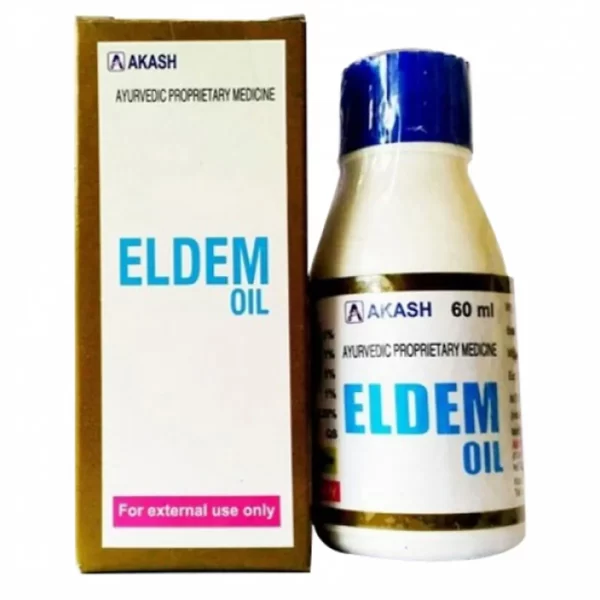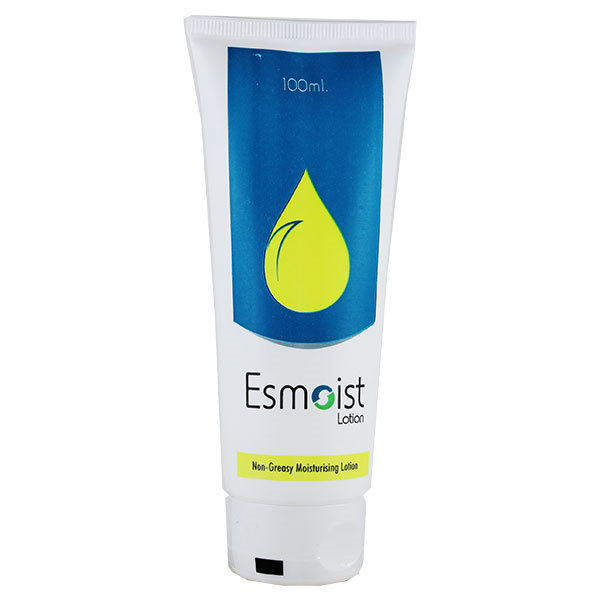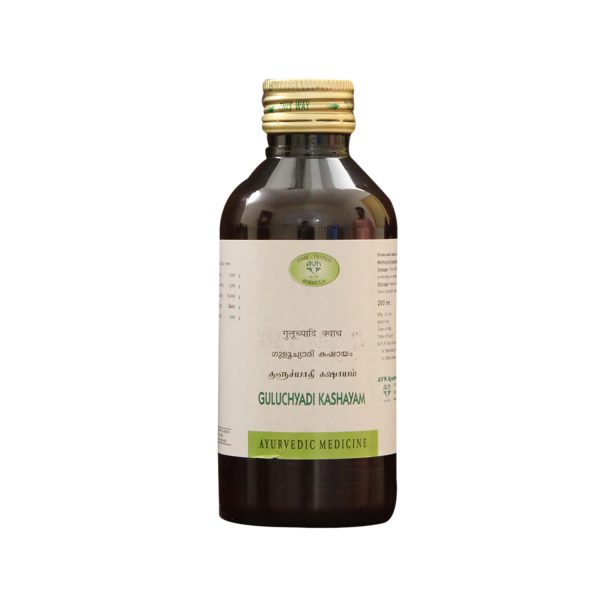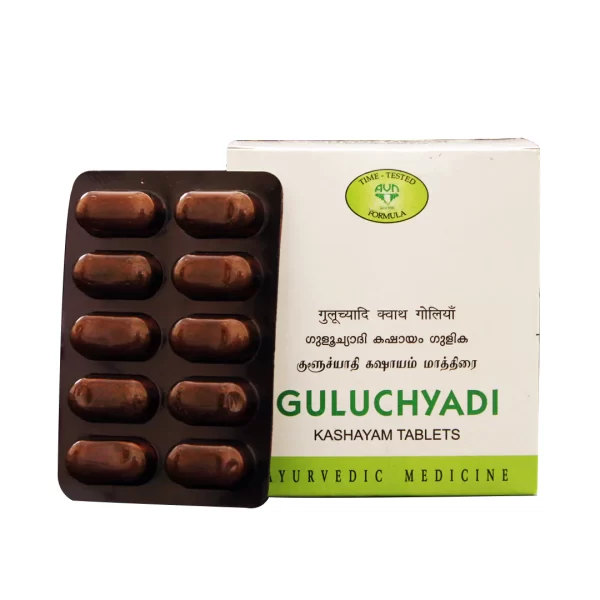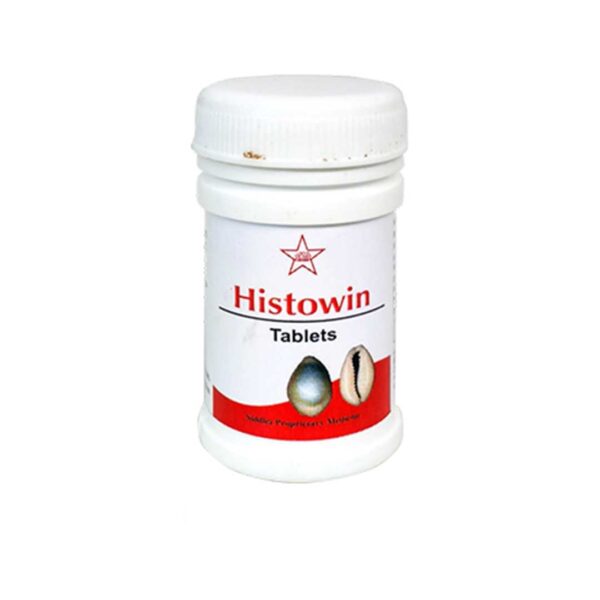Siddha Medicine for Skin Diseases
In Siddha medicine, holistic remedies for skin diseases are deeply rooted in ancient wisdom. Utilizing herbal combinations, dietary modifications, and lifestyle adjustments, it addresses underlying imbalances within the body. From neem’s antibacterial properties to turmeric’s anti-inflammatory effects, natural ingredients play a pivotal role. Siddha therapies aim not only to alleviate symptoms but also to promote skin health from within, offering a comprehensive approach to healing and rejuvenation.
What are skin diseases?
Skin diseases refer to a wide range of conditions that affect the skin’s appearance, texture, and function. These disorders can appear as rashes, bumps, discolouration, or irritation, causing discomfort and affecting one’s quality of life. Skin diseases can be caused by a variety of reasons, including genetics, infections, allergies, autoimmune disorders, environmental exposure, and lifestyle choices
Common skin diseases include acne, eczema, psoriasis, dermatitis, fungal infections, and viral infections such as herpes. Symptoms might vary from mild itching and redness to severe pain and scarring. Proper skincare, hygiene practices, a healthy diet, and seeking medical advice can all help manage and prevent a variety of skin problems, supporting overall skin health and wellness.
What are the most common Skin Diseases?
- Acne
- Eczema
- Psoriasis
- Scabies
- Melanoma
- Vitiligo
- Herpes
- Warts
- Ichthyosis
- Impetigo
- Urticaria/pruritis
- Keratosis
- Candidiasis
- Dermatitis
- Lupus
What is the reason for Skin Diseases?
Common causes of skin diseases include,
- Bacteria stuck to skin pores and hair follicles.
- Fungus, parasites, or microorganisms present in the skin
- Viruses
- Weak immune system
- Genetic factors
- Any contact with allergens, irritants, or contact with an infected person’s skin
- Diseases affecting the thyroid, immune system, kidneys, and any other system.
Various health conditions and lifestyle factors can lead to the development of certain skin diseases. Some skin diseases occur without any cause.
How can Siddha cure Skin Disease?
Siddha treatments for skin diseases are very effective, and the results last for a lifetime. In Siddha treatment, rather than symptomatic relief, it is important to focus on detoxifying the body. This involves purifying the blood and balancing the three humors. Followed by internal and external medicines can be given. For detoxification, purgatives or laxatives can be given. Internal medicines like powerful polyherbal treated herbo-moneral medicines of single or compound mix like parpam, sendoorams, mezhugu can be administered. External medicines like the application of medicated oil or herbal paste can be administered. Rejuvenating medicines can be given in order to strengthen saptha thathus with strict regimen in order to avoid the recurrence of skin diseases.
Herbs Used in Siddha for Skin Diseases
An overview of each of the herbs that are commonly used in treating various skin diseases in traditional siddha medicine systems:
- Parangipattai (Smilax china): Also known as China root or China root plant, Parangipattai is used in traditional medicine for its anti-inflammatory and detoxifying properties. It is commonly employed in treating skin conditions like eczema, psoriasis, and other inflammatory skin disorders.
- Athimathuram (Glycyrrhiza glabra): Athimathuram, or Licorice root, is well-known for its anti-inflammatory, anti-microbial, and soothing properties. It is used in the treatment of various skin ailments, including eczema, dermatitis, and acne, due to its ability to calm irritation and inflammation.
- Kattrazhai (Aloe barbadensis): Aloe vera is widely recognized for its therapeutic benefits for the skin. It has anti-inflammatory, anti-microbial, and wound-healing properties. Aloe vera gel, extracted from the leaves of the plant, is commonly used topically to soothe and heal various skin conditions such as burns, wounds, and eczema.
- Vembu (Azadirachta indica): Neem, derived from the Azadirachta indica tree, is renowned for its antibacterial, antifungal, and anti-inflammatory properties. It is extensively used in the treatment of various skin disorders like acne, eczema, psoriasis, and fungal infections. Neem leaves, oil, and extracts are commonly used in topical formulations for skin care.
- Turmeric (Curcuma longa): Turmeric is a potent herb with anti-inflammatory, antioxidant, and anti-microbial properties. It contains curcumin, which helps reduce inflammation and promotes wound healing. Turmeric is used in the treatment of various skin conditions, including acne, eczema, psoriasis, and skin irritation.
These herbs are often used individually or in combination with other herbs in various formulations like creams, ointments, pastes, and oils to treat a wide range of skin diseases in traditional medicine systems like Siddha medicine. However, it is essential to consult with a qualified practitioner before using these herbs, especially if you have specific skin conditions or allergies.
Benefits of using Siddha Medicine for Skin Diseases
Very special treatment methods are available in the Siddha system of medicine. It helps to correct the root cause of the disease rather than providing symptomatic relief. Siddha has safe herbal and herbo mineral treatment for skin diseases. The Siddha system initially detoxifies the body, then it helps to give symptomatic relief along with the root cause of the ailment, and also provides rejuvenation therapy.
Dietary and Lifestyle Recommendations for Skin Diseases
Sour, salty, spicy, citrus and tuberous food must be avoided, especially during the period of siddha treatment. Junk and processed food must be avoided. A gluten-free diet is advisable. Most importantly, a non-vegetarian diet should be avoided.
They can have only easily digestible foods. They can include rice, green leafy vegetables, omega 3 fatty acid-containing food such as flax seed, pumpkin seed, olive oil, etc. Vitamin C and vitamin D-rich foods can also be included, like cod liver oil, milk (especially turmeric milk), yogurt, green leafy vegetables, and egg yolk. Cereals and pulses can be included in the daily diet, especially one-year-old cereals and pulses, so that they can be easily digested.
Lifestyle modifications include,
- Eat healthy
- Maintain a healthy weight
- Reduce stress
- Engage in more physical activity
- Practice pranayama
- Wearing cotton clothes while exposed directly to the sun.
